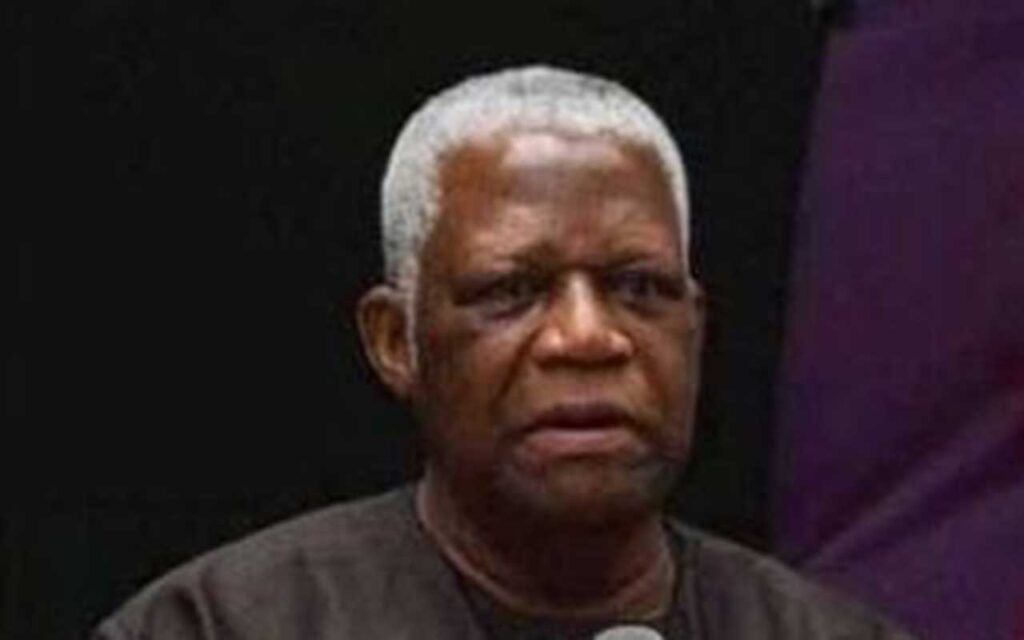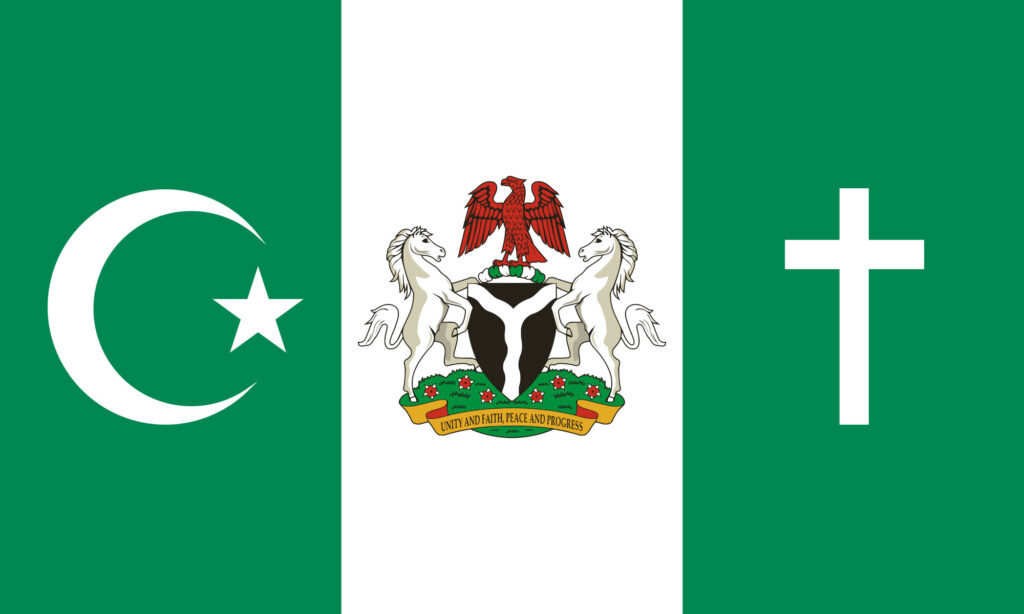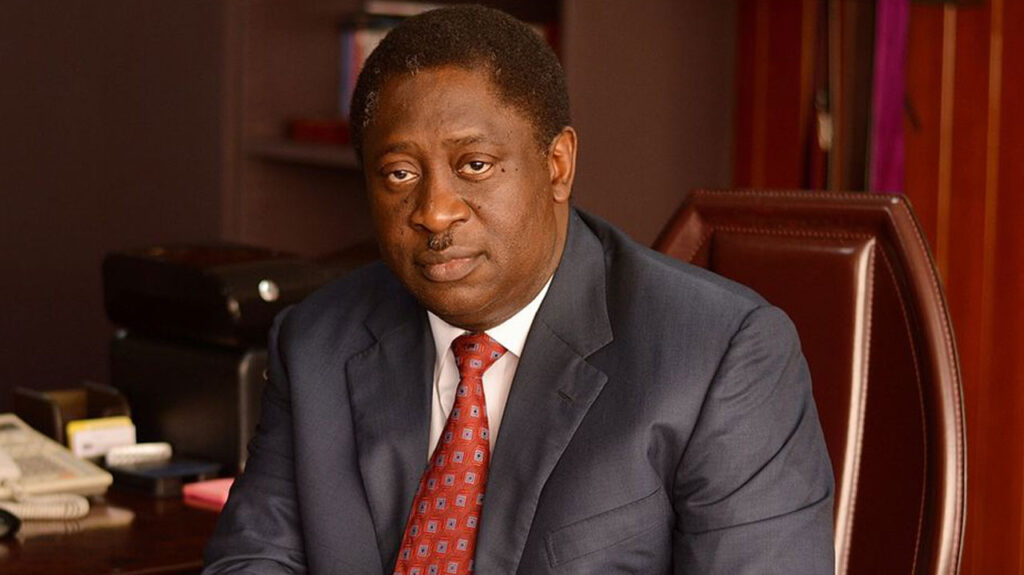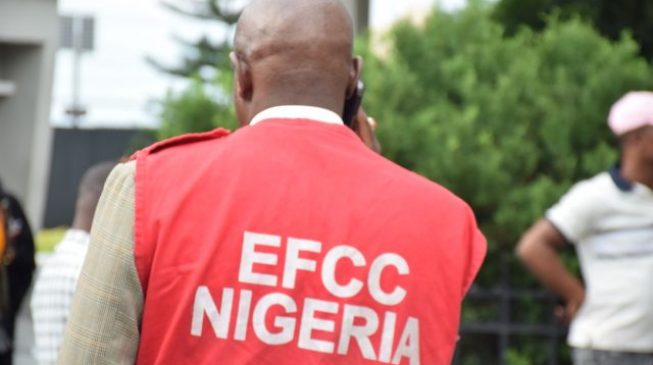 Reports of boat accidents on Nigeria’s waterways are too many and the human and economic costs are too high to compel a call for urgent action by the stakeholders.
Reports of boat accidents on Nigeria’s waterways are too many and the human and economic costs are too high to compel a call for urgent action by the stakeholders.
In January this year alone, two of such accidents claimed many lives. The first accident occurred when two boats reportedly collided on the Andoni waterways in Rivers State, and the second accident was in Niger State where a boat overloaded with passengers and goods encountered strong wind on River Niger. The Cable online news medium reported that over 300 lives were lost to boat accidents across the country in 2023. A fuller and updated statistics may even be grimmer.
Most recently, the unfortunate drowning of the actor, Pope Obumneme Odonwodo, better known as Junior Pope, during a filming trip has cast a harsh spotlight on the Nigerian waterways. But it should not take the tragic loss of the life of a celebrity – or indeed any life – to ensure travel safety on Nigeria’s waterways. The pertinent question is: will the loss of ‘Junior Pope’ actuate, as it necessarily should, greater responsiveness and proactive measures on the part of the appropriate authorities? Since there is value to every human life, celebrity or not, the latest incident raises an even louder voice in favour of safety measures.
As a retired senior officer of the National Inland Waterways Authority (NIWA), the federal agency charged to provide regulatory, economic, and operational leadership in the national inland waterways system, I feel sufficiently concerned by the avoidable accidents on our waterways to canvass that urgent, consistent, and firm measures be taken to ensure safer water transportation.
Nigeria is endowed with a tremendous inland waterway system. Well over 3,000km of the waterways is navigable, with an extensive coastland of about 852km. Though boat accident is now frequent and has become a source of serious national concern, but it must be stressed that this is not a recent phenomenon. It has been with us for quite a while.
While the waterways recorded boat mishaps and loss of lives, the then Inland Waterways Department (IWD) groped for answers. It fumbled for solutions because it lacked the necessary legislation, funding, manpower, and technical skill to tame the traffic chaos on Nigeria’s vast waterways.
This is precisely why NIWA was established through the Act of the National Assembly, CAP 47, Laws of the Federation of Nigeria (LFN), 2004 (Decree No. 13 of 1997).
The goal of the founding fathers includes improving and developing inland waterways for navigation and providing an alternative mode of transportation for the evacuation of economic goods and person. Then, and now, it has been an overwhelming responsibility, as formidable as the nation’s waterways themselves. Nigeria has about 10,000km of waterways that can provide all-year navigation for transportation of passengers and bulk cargo, though about 3, 000km of that is actually navigable. It is worthy of note that 28 of Nigeria’s 36 states are accessible through water, linking the neighboring countries of Benin Republic, Cameroon, Niger, Chad and Equatorial Guinea.
The advent of NIWA also signaled the beginning of organizing the waterways subsector along the best practices of global maritime policies and guidelines. As the Authority evolved, greater attention has been paid to regulation, engineering, as well as survey, marine transportation and the environment. All waterways are environmentally sensitive; NIWA recognized this early enough and took action.
One of NIWA’s first move was to develop and introduce the first ever Waterways Transport Safety Code, a product of extensive research and brainstorming with stakeholders. The code constitutes NIWA’s main regulatory and enforcement tool, prescribing the dos and don’ts, as well as punitive measure for errant operators. The guidelines demand first, that both the boats and the operators must be duly registered by NIWA.
Second, the code forbids boat drivers from over speeding and taking alcohol during operations, and there should be no overloading of boats under any circumstances. Third, boat operators are required to always check the weather to ensure that it is safe to sail, and fourth, as done in air travel, boat operators must share safety information with passengers before sailing.
A substantial number of the boat mishaps happen at night, when drivers can hardly see, and in an emergency, help hardly comes if it does at all. Therefore, a key provision of the safety code is that the Authority warns operators not to sail the waterways at night; NIWA’s regulation permits waterways transportation only from 6am to 6pm. The main reason for this is that the waterways are not equipped for night travel.
These guidelines are still valid and, to make our waterways safer, they must be faithfully observed by boat operators, and strictly enforced by NIWA.
Ordinarily, the guidelines should be sufficient to maintain sanity on the waterways and reduce cases of accident, but the operators ignore even very basic rules. Similar behavior can be observed on the roads where, despite the heavy presence of the Federal Road Safety Commission (FRSC) personnel, overloading and over speeding remain common acts by motorists that cause accidents.
Some people blame the regulatory authority for lapses that cause accidents on our waterways. NIWA is, admittedly, not a perfect agency. To optimally fulfill its mission, it needs a lot of resources, from more and better skilled manpower to funding and acquisition of modern equipment for operational activities. The fact must be stressed that boat operators, and even passengers have a duty to ensure safety. This is why the Waterways Transport Safety Code is in place. Unfortunately, almost everyone concerned in this matter is derelict in their respective duty.
Ignorance of the law may not be an excuse but one troubling point seems to be the poor awareness of these guidelines within the waterways communities. In my days at NIWA, our response was to take our message on safety to operators and other stakeholders with a series of sensitisation campaigns in the riverine areas of Kaduna, Niger and Kebbi, among others. Admittedly, much more needs to be done to sensitise passengers and operators on their obligations. This is where NIWA needs manpower and funds to spread its message.
There can be no pretending that NIWA alone has the capacity to provide all the needed transportation on the waterways. This is where state governments need to intervene. No fewer than 26 states of the federation are accessible by the waterways. I suggest that state governments should facilitate, on liberal loan terms, the acquisition and distribution of modern, safe, and fuel efficient boats to operators.
NIWA regularly trains boat operators, but this should be done more often. States should support with additional technical and manpower development efforts, especially in their respective areas of jurisdiction. This will complement NIWA’s efforts to achieve its regulatory, economic, and infrastructure development objectives.
NIWA provides safety equipment such as life jackets. During my time in the agency, the management initiated a programme to donate life jackets and other facilities to waterways communities across the country. This laudable initiative should not only be sustained but intensified. Again, this is barely sufficient since life jackets are, and should legally be, obligatory on all boat journeys.
Unconfirmed reports said ‘Junior Pope’ and some passengers did not wear life jacket during the ill-fated journey. Such must never happen again. NIWA has the power to impose severe sanctions on violators of its regulations, including fines, banning operators and, if necessary, impounding their boats. Tough measures are necessary to prevent deaths on our waterways as well as send a strong message that safety should be prioritised at all times.
In the civil aviation industry, regulators are present at all operating environments, but our waterways system has no such luxury. NIWA’s total manpower is a paltry 600, the bulk of its administrative staff. It is a tall order to expect NIWA to police 3,000 km of navigable waterways.
This fact alone supports the argument that the Authority needs more funds to recruit and train quality manpower for operations. It is time for both the federal and state legislators to make a solid case for more budgetary allocation for NIWA. Even the organised private sector can support in providing basic infrastructure like new boats and other facilities.
The waterways are so crucial that in some rural areas – and they are many of them – boats are the only means of transportation. Besides, it is no longer a point of contention that it is far cheaper to transport bulk goods on the waterways than by road. Safety of the national waterways for transportation is of great benefits to the economy. All stakeholders need to be committed to making our waterways safe for the transportation of people and goods.
Fadile was the pioneer General Manager, Public Affairs of NIWA.













